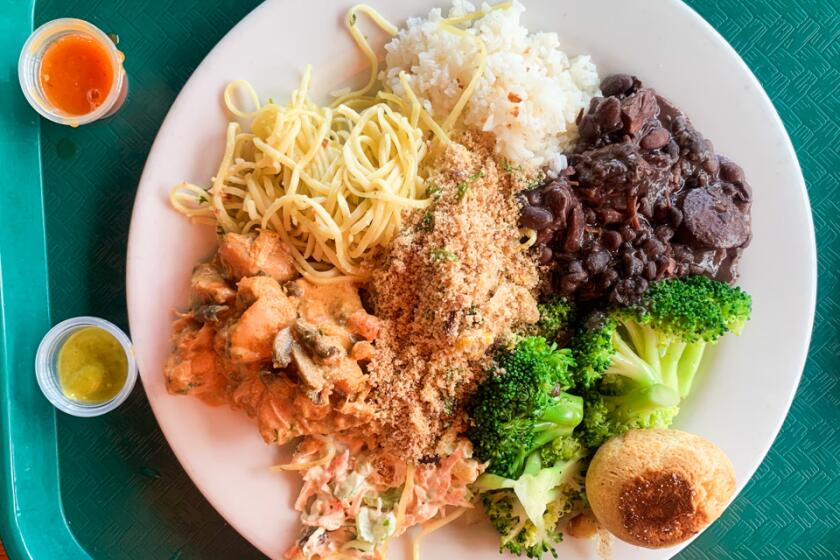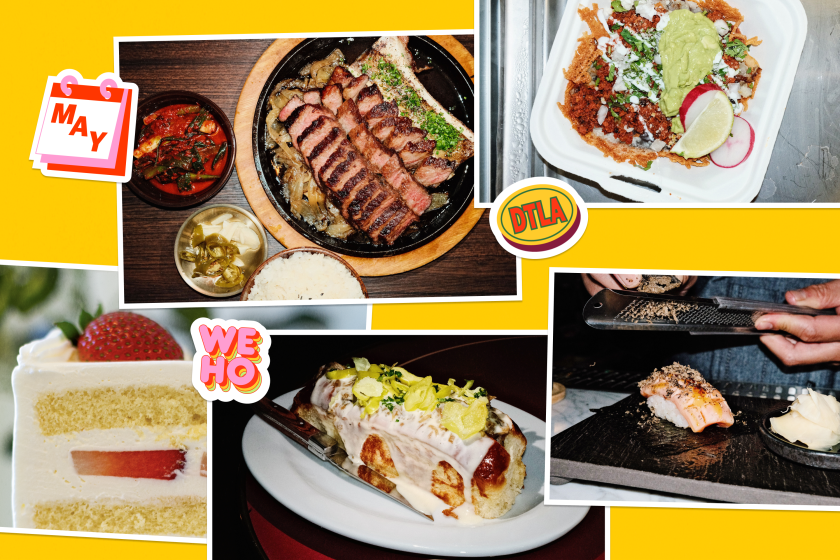Tired of rosé? Try an Aperol spritz
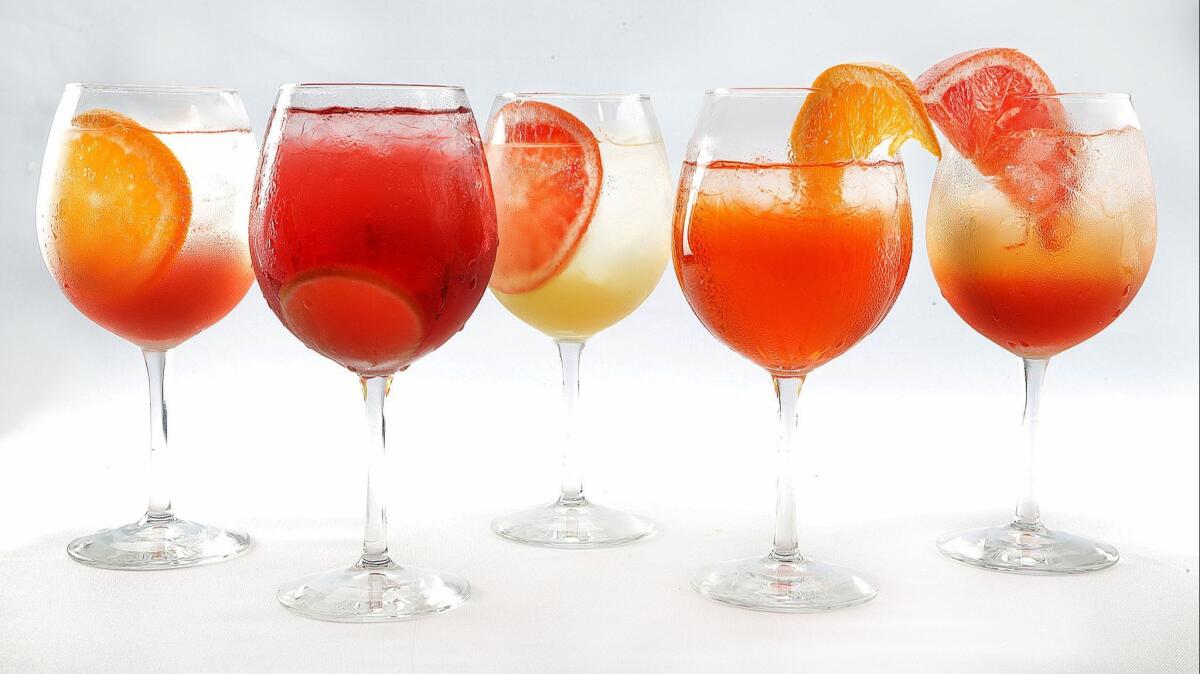
If, somehow, in the course of your summer’s day-drinking, your poolside tippling, your sunset whistle irrigation, you’ve grown tired of rosé all day, every day, then perhaps someone, somewhere, has thrust an Aperol spritz under your nose as an alternative. Just Aperol, Prosecco and a splash of soda over ice, and boom. It is the sort of drink where you take your first sip and you find yourself purring.
The Aperol spritz is a drink designed to stimulate the appetite, yes, but it’s also the perfect prop for slowing the day down to a manageable evening pace, an aperitivo to mark the transition from the workday to what comes after, the acerbic grip of bitters on the tongue serving almost as a line of demarcation.
From the pop of a Prosecco cork and the slosh of shaved ice in glass to the Prosecco and Pellegrino effervescence and the orange twist, the spritz, in Italy, is a national ritual. Or, as Talia Baiocchi and Leslie Pariseau put it in their book on the subject, “Spritz: Italy’s Most Iconic Aperitivo Cocktail, with Recipes”: “At 7 p.m.,” they write, “it is the sound of Italy.”
How to get the most out of your next beer flight »
The flagship spritz is made with Aperol, a cheery orange-tinged aperitif that originated in Padua. It vaguely resembles Campari, only it’s lighter, sweeter and less bitter, with less than half the alcohol (11% ABV).
When properly made (three parts Prosecco, two parts Aperol, one part fizzy water), the flavors are clean, lifted, a touch sweet, a touch fizzy. One great thing about spritzes is that they are what the mixologists call “sessionable,” which means that their alcoholic impact is not only light but also adjustable.
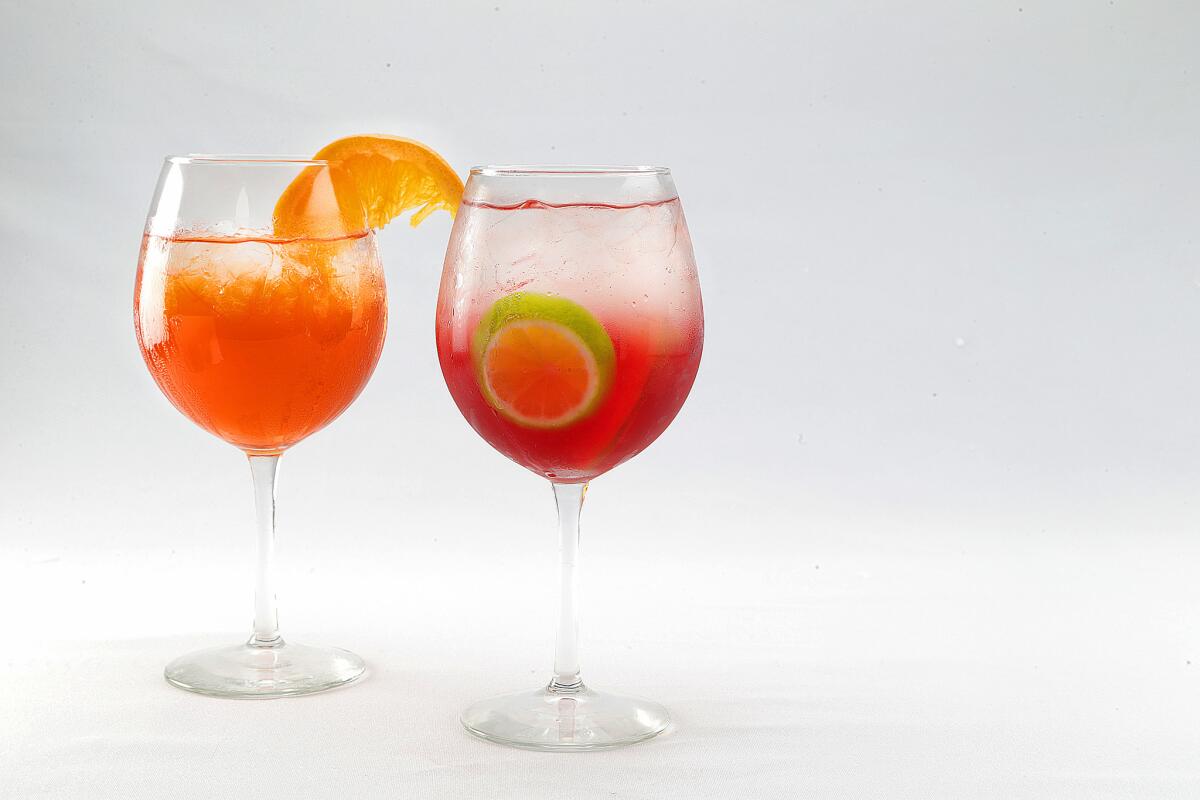
Another great thing: Aperol is by no means the only amaro (Italian bitter liqueur) from which spritzes can spring. You can employ Campari, though I find it’s best to add another half-measure of Prosecco to offset the bitterness. You can use Averna, Montenegro, Cynar and Ramazzotti, or Barolo Chinato, a Piemontese bitter. What links the ones below is that all of them (save one) originate in northern Italy, so their herbal arsenal is likely to include alpine or coniferous herbal elements, a coolness that complements the bitterness (supplied, usually, by wormwood, and the powerfully bitter gentian root and flowers).
The Prosecco? It is best when it’s brut, or extra dry, fruity enough to give some body, dry enough not to get in the way. It’s being mixed, so don’t splurge, but make sure it’s authentic (look for the words Conegliano or Valdobbiadene on the label) and well made—expect to spend between $17 and $20 on brands such as Nino Franco, Bisol, Mionetto or Sorelle Bronca. The ice should be shaved; the sparkling water should be San Pellegrino.
As for where to buy, look for wine shops and liquor stores that like to dabble in cocktail culture or in things Italian. The big stores such as Wine House, K&L Wines, Woodland Hills Wine Company and Hi-Time are great places to stock up but so are smaller shops such as Domaine LA in West Hollywood, Bar Keeper in Silver Lake, Hi-Lo and Stanley’s Wet Goods in Culver City, Flask Fine Wines in Studio City , Everson Royce in Pasadena and Silverlake and Arts District Wine .
And don’t forget to have bartenders show you how it’s done, or offer you their own variations, in places where the Amari selection is exceptional, such as Osteria Mozza, Sotto, Scopa Italian Roots and Officine Brera.
The spritz variations
The Aperol spritz:

The classic smells and tastes of grapefruit, orange peel and burning drops of orange oil. It is fairly sweet, with a mild lingering bitterness. It’s light enough to gulp.
The Contratto spritz:
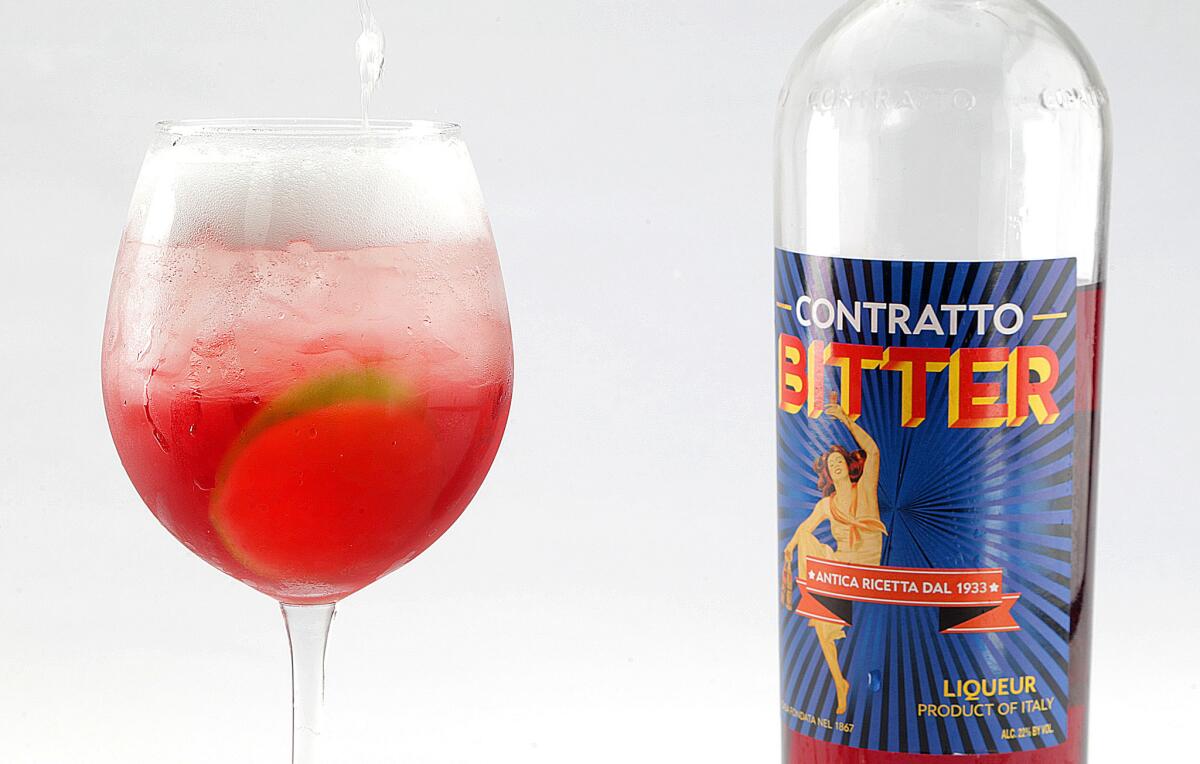
Made with Genoa’s Contratto Bitters. Contratto has a brandy base (made from the Barbera grape), which may account for its well-knit texture. It makes for a pomegranate red spritz, with pronounced scents of conifer and cinnamon. Its flavors are gentle and pleasant, almost melon-like, with a mild bitterness.
The Cappelletti spritz:
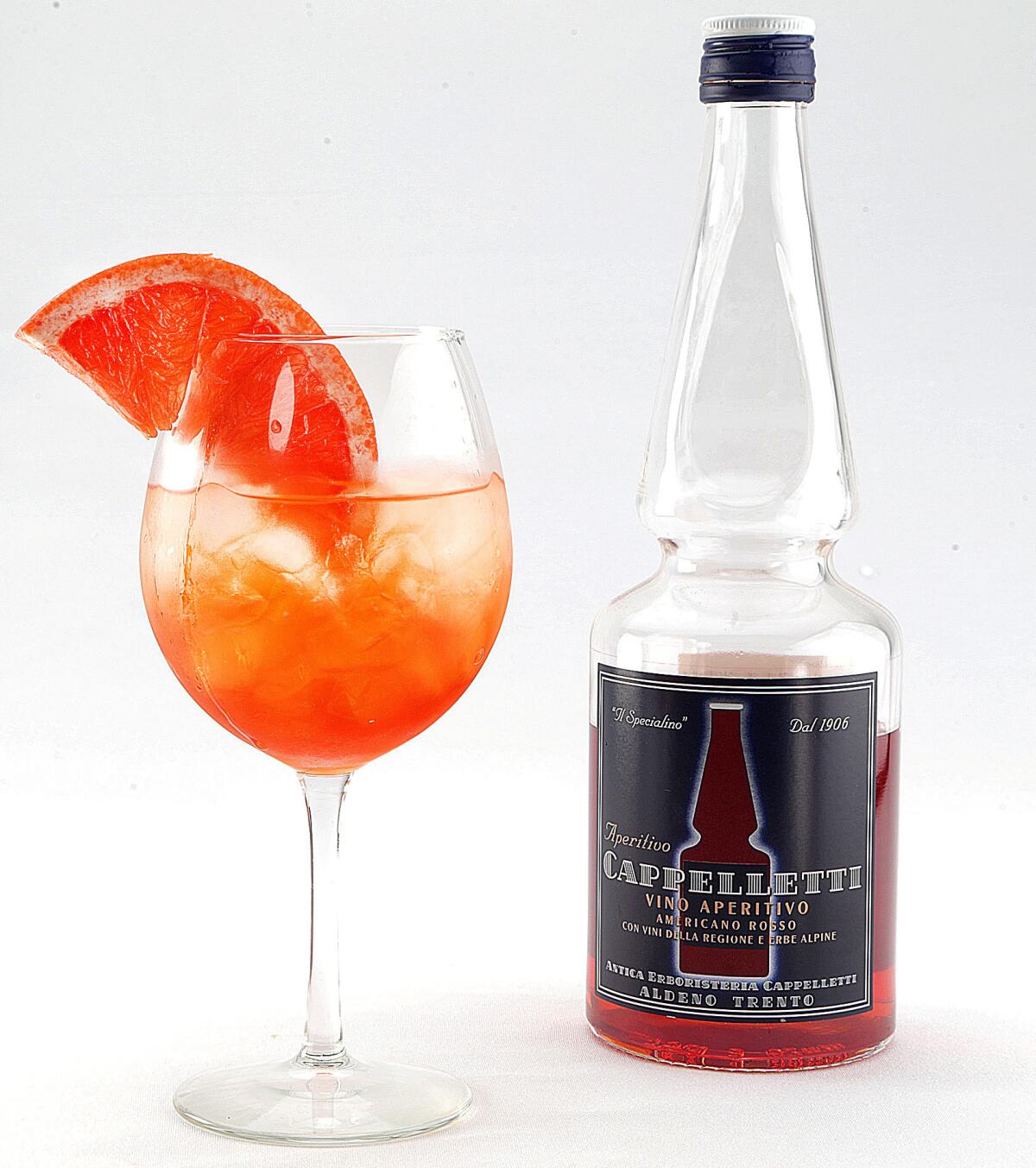
Made with Cappelletti Aperitivo from Trento, this has a sweet, slightly medicinal taste with scents of five-spice powder, including anise and a hint of cinnamon. The flavors are refreshing and reminiscent of Christmas; if you’re looking to celebrate the holidays with a spritz, you could do worse.
The Bordiga spritz:
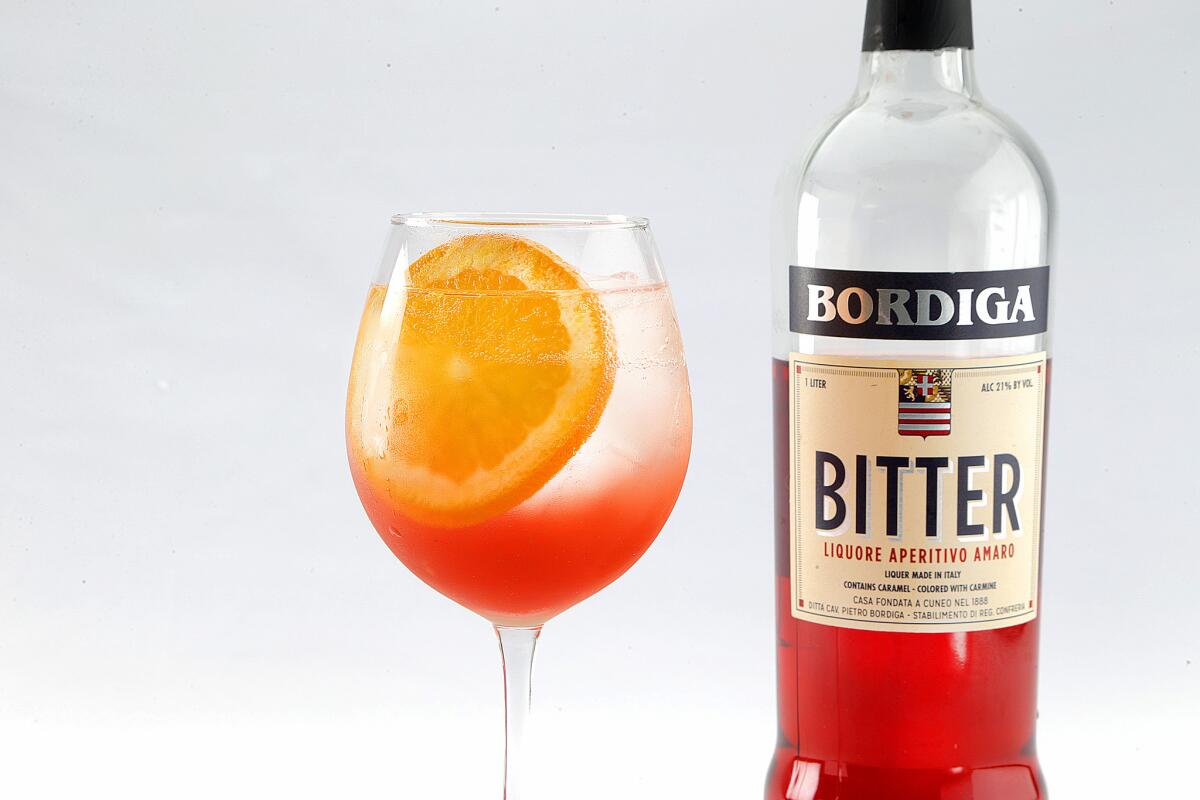
From Cuneo, a mountainous region near the border with France, this bitter is the color of rhubarb and strawberry fruit leather. It’s powerfully bitter, drawing its punch from dried gentian flowers and gentian root, and it lingers on the palate long after you’ve downed it. Add an extra splash of Prosecco to leaven the finish.
The Angeleno spritz:
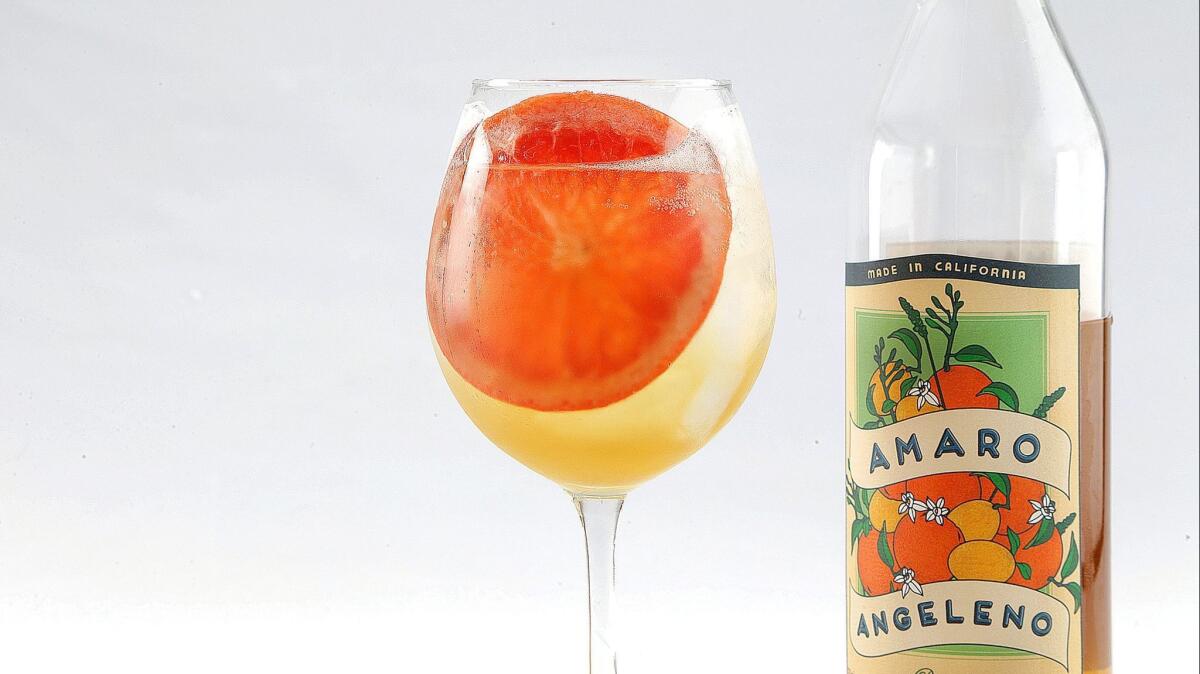
From a small distiller in Ventura, this amaro is Californian through and through. As such, it doesn’t much resemble the others, starting with its color, a golden yellow with a slight amber glow. It has a pronounced anise scent, with flavors of licorice and orange pastilles, somehow fused; it’s soft and juicy, not too bitter (go easy on the Pellegrino), and very satisfying.
Eat your way across L.A.
Get our weekly Tasting Notes newsletter for reviews, news and more.
You may occasionally receive promotional content from the Los Angeles Times.
